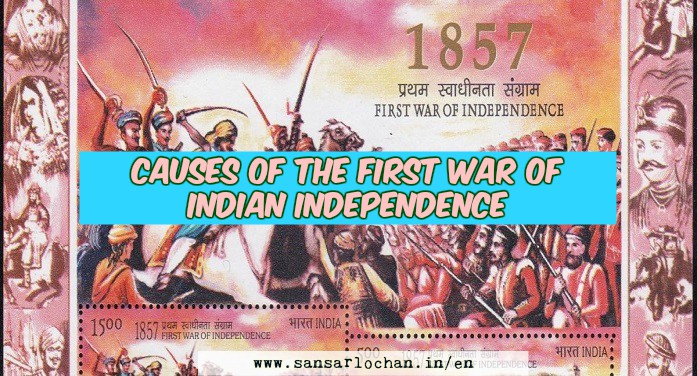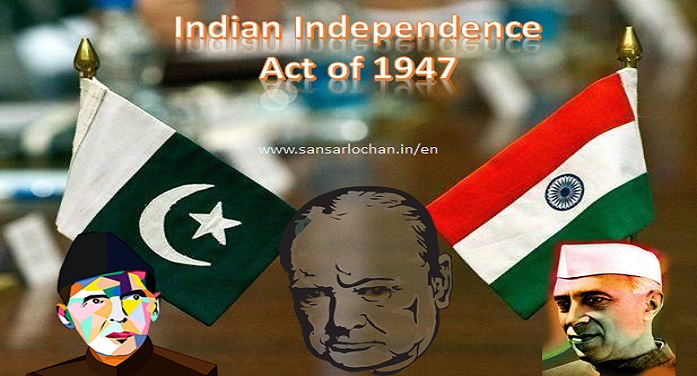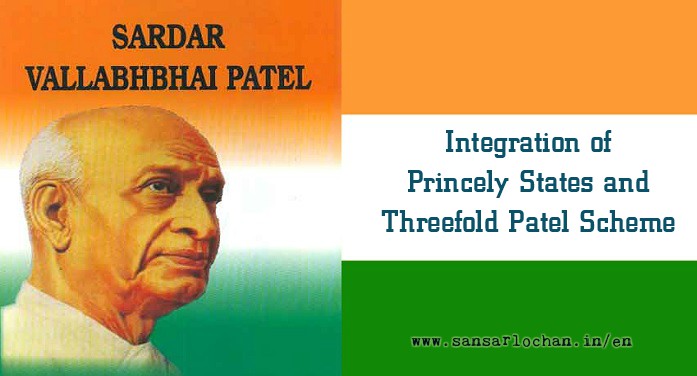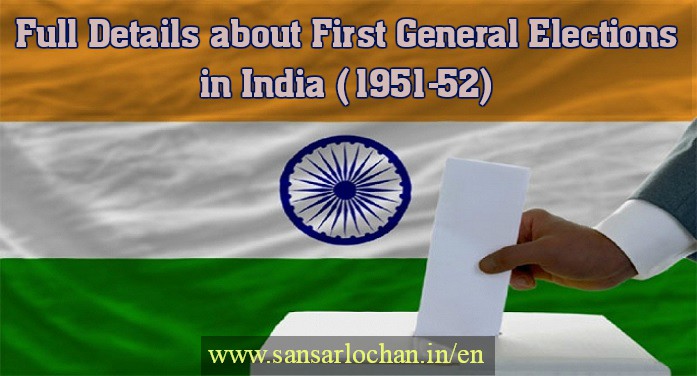The revolt of 1857 has a extraordinary place in the history of India. This event is known by different names such as, “the Sepoy Mutiny”, “The Indian rebellion” and the “First war of Indian Independence”. This was the first joint revolt against the British. It was the end result of the already simmering discontent of Indians against the policies of … Read More
A Brief Note on Indian Independence Act of 1947 and its Provisions
The Indian Independence Act of 1947 was the last legislation of the British Parliament with the intent of creating independent India. Here through this article we are providing you a short note on 1947 Independence Act as well as a list of its provisions. Introduction The Government of India Act 1935 failed to satisfy the Indian demands. In 1939 the … Read More
Town Planning of Indus Valley Civilization : Salient Features
Town planning is the unique feature of Indus valley civilization. Their town planning proves that they lived a highly civilized and developed life. Indus people were the first to build planned cities with scientific drainage system. The Indus cities were built on an uniform plan. Town planning was amazing in nature. A few cities have citadels to the West built … Read More
Integration of Princely States and Assimilation Strategy of Patel
In this article, we are giving a brief note on the integration of Princely States and threefold assimilation strategy adopted by Sardar Vallabh Bhai Patel. Sources we used for this article are Wikipedia and NCERT. Integration of Princely States British India consisted of British Indian Provinces and the Princely States. The British Indian provinces were directly under the control of … Read More
Full Details about First General Elections in India (1951-52)
First General Elections in India (1951-52) India became a Sovereign Democratic Republic with the adoption of Constitution on 26th January, 1950. General elections to the first Lok Sabha as well as state assemblies were held from October 1951 to February 1952, on the basis of universal adult franchise. Thus India, with a far greater population than that of the USA, … Read More
Very Short Note on Independence and Partition, Source NCERT
I am making a very short note on Independence and Partition of India with the help of NCERT History Books. Hope you will like it. So here is the story:- Independence and Partition After the second world war, the Labour Party came to power in England and Clement Atlee became the Prime Minister. He deputed a commission to India in … Read More
Harshavardhana – His life, Achievements and Connection with Buddhism
Today in this post we will discuss about the King Harshavardhana’s (Raja Harsha) biography (his parents’ and siblings’ names), his achievements, the story of war between Harshavardhana Vs Pulakeshin II and his connection with Buddhism and Buddhist councils organised by him. Biography (His Life) Harshavardhana was the greatest ruler of the Vardhana empire. He came to power in 606 CE. Prabhakara … Read More
Chief Characteristics of the Gandhara School of Art
Kanishka was a great patron of art. His important buildings and constructions of art are found mostly at Gandhara, Mathura, Kanishkapura and Takshashila. The Kushana period is important for the growth of Gandhara art or otherwise known as the Greeko-Buddhist style. With close contact between two civilizations – the Indian and the Greek, there arose a new school of art … Read More



